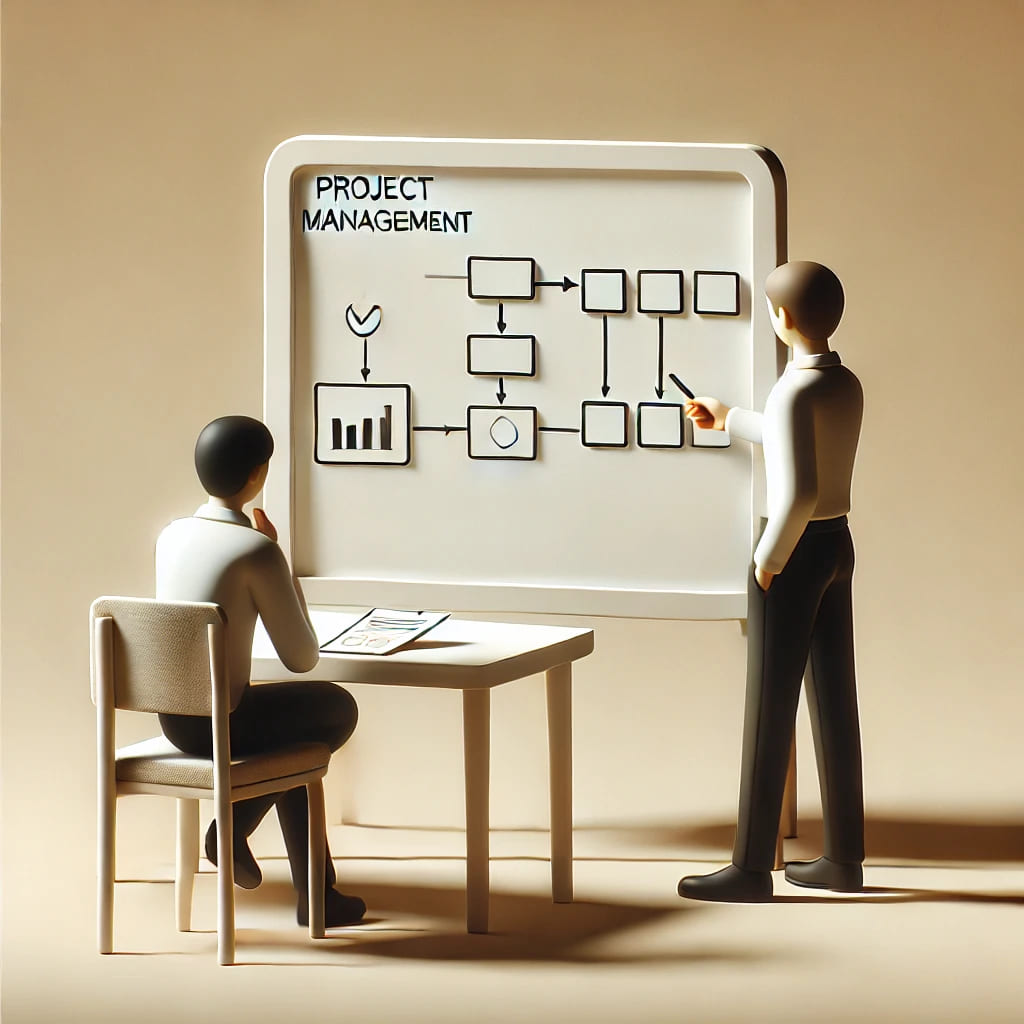
Introduction
Scope management is a critical component of project management, responsible for defining and controlling what is and is not included in the project. This article aims to offer a comprehensive guide to scope management, its processes, and the tools and techniques that can be employed to manage scope effectively.
Learning Objectives
By the end of this article, you should be able to:
Why Scope Management is Crucial
The scope of a project defines its boundaries. It outlines what will be delivered as part of the project and what will not. Effective scope management ensures that all the work required—and only the work required—is included in the project.
Key Takeaway: Proper scope management is essential for delivering a project on time, within budget, and to the satisfaction of stakeholders.
Key Processes in Scope Management
Scope management generally involves six key processes:
Key Takeaway: Each process is crucial for defining and controlling the project scope effectively.
Plan Scope Management
Collect Requirements
Define Scope
Create WBS
Key Takeaway: The right tools and techniques can make scope management more effective and efficient.
Managing Scope Creep
Scope creep refers to uncontrolled changes in a project’s scope. It can be mitigated by:
Key Takeaway: Proactive management is essential to control scope creep.
Best Practices in Scope Management
Key Takeaway: Implementing best practices can help you manage scope effectively and keep the project on track.
Conclusion
Scope management is an integral part of project management that ensures the project delivers what it promises. By understanding its key processes, tools, and techniques, you can better manage your projects and meet or exceed stakeholder expectations.